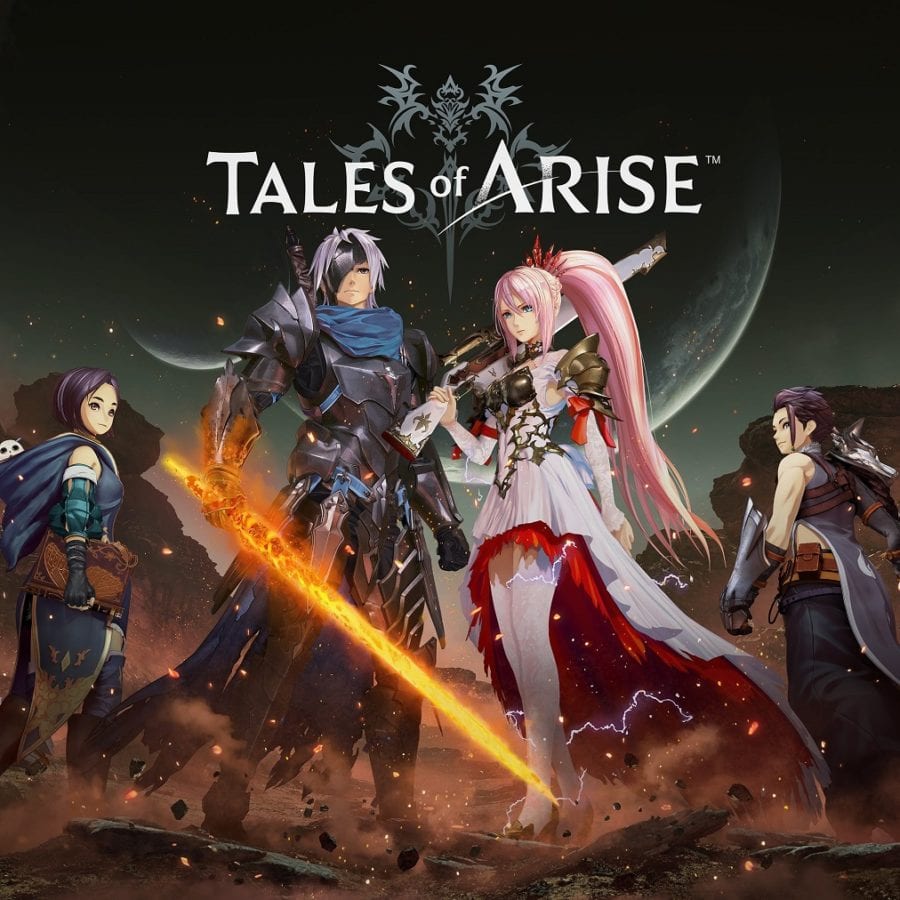

The same was true vice versa: the Korean Nuon could only play this one game that was exclusive to that region: Crayon Shin-chan 3. One game was even region-locked and only playable on the Korean version of the console. Only 8 games were released for the console, half of which already existed on the PlayStation (via giant bomb). The games for Nuon were therefore extremely limited and sometimes completely absurd. Also in appearance, Nuon seemed more like a video gamer than a console. Released in 2000, the Nuon, while considered a console, was marketed as a multimedia device at best and a DVD player at worst. Her approach to it was a bit backwards though. Nuon’s developer, VM Labs Inc., was founded by the former vice president and several former Atari employees, and actually had experience in the console wars.

It’s unknown how many units Playdia ended up selling, but it fell short of its target of 200,000 consoles and was discontinued in 1996, just two years after its release (via ). As a result, Playdia received only 39 different titles in total. The selection consisted mainly of the in-house Bandai IPs such as Dragon Ball, Sailor Moon and Gundam, with Bandai also being the only manufacturer that had supported the platform. There was no trace of the correct gameplay, which was already known at the time from Nintendo, Sega and Atari games. The games that appeared for Playdia during its short lifetime were less games in the classic sense and more interactive anime and educational software. So the Playdia was designed as a console for children, which could be seen both in the colorful appearance and in the associated software. To differentiate itself from the competition, which was incredibly diverse and numerous in the 1990s, Bandai went against the trends within the industry at the time. One of their attempts was Playdia, a fifth-generation 32-bit console controlled by a wireless infrared controller. One of the many companies that had tried unsuccessfully to get into the console business was Japanese toy giant Bandai. The Zeebo fell well short of its sales target of 600,000 units and ended up selling an estimated 30,000 consoles (via .uk). The Zeebo received a whopping 46 titles, many of which were “ports” and adapted versions of existing titles, such as Resident Evil 4 (2005) and Need for Speed: Carbon (2006). Accordingly, the price fell to 299 real just 6 months after the release.Īnother problem was also software. At a price of 499 Brazilian reals (around €150 then, €94.90 today), it should appeal to customers for whom the consoles from the market leaders Microsoft, Sony and Nintendo were too expensive.īut while the price seems very low to us, it was still too much for customers in Brazil and Mexico. Zeebo was intended to target the middle class in countries such as Brazil and Mexico, with later releases in China and Russia also planned. The device appeared for the first time in May 2009, ie 3 years after the Wii and PlayStation 3, and was actually not intended for us at all.

ZeeboĬompared to other consoles on this list, Zeebo is a real youngster. It is estimated that the console has sold just 14,000 units.
Tales of arise titles software#
In addition, the first 16-bit consoles such as the Sega Genesis appeared at the end of the 80s, against which the 8-bit Amstrad with its small software offer of around 30 games had no chance. The 8-bit consoles Sega Master Systems and the heavyweight Nintendo Entertainment System (NES) raged on the European market, against which the Amstrad had to assert itself. At the time of its release in 1990, the competition was already strong. The failure of the console was inevitable.

The hardware architecture of the console was based on the in-house “CPC Plus” home computers and belonged to the third generation of consoles. That was the birth of the Amstrad GC4000.
Tales of arise titles Pc#
One such company was Amstrad, founded by the British Alan Sugar.ĭuring the 80’s the manufacturer was one of the dominant forces in the British PC market and they wanted to use this position to also get involved in the console wars. During the 80’s and 90’s many toy and tech companies tried to get into the growing console market to get their piece of the money pie.


 0 kommentar(er)
0 kommentar(er)
